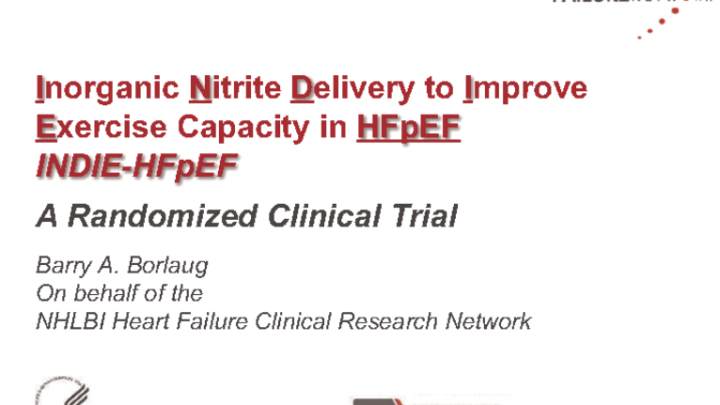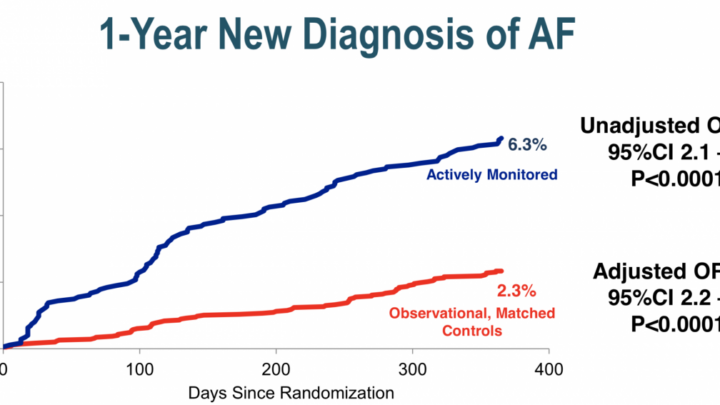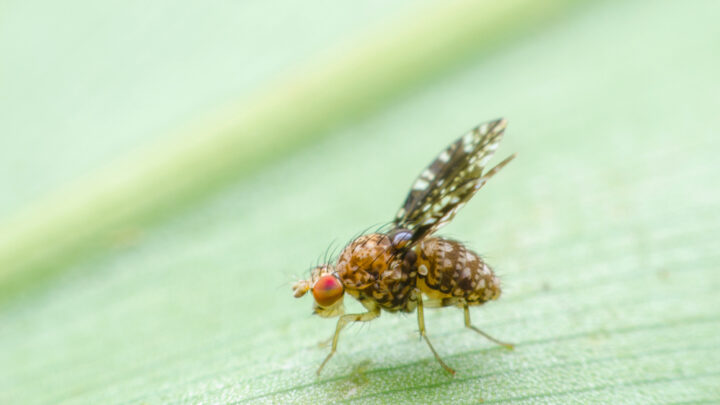
I’m a big advocate of coronary artery calcium (CAC) scans for helping make decisions on individual patients with intermediate risk for CAD. Several speakers at this year’s American College of Cardiology Meetings presented convincing data supporting this approach, providing more information to get patients off the fence about taking statins.
However, CAC apparently would be a useless test in the Tsimane (pronounced chee-MAH-nay) people, according to a study presented at the ACC meeting this month and published simultaneously in The Lancet.
Researchers performed CT scans on 700 of these “forager-horticulturalist” people, indigenous to the Bolivian Amazon Rainforest and found very little calcium, suggesting that they have an amazingly low rate of atherosclerosis compared to we who have to live in the industrialized world.
Obviously CT scanners are not portable so the Tsimane traveled by river and jeep from the Amazon rainforest to Trinidad, a city in Bolivia and the nearest city with a CT scanner. It took tribe members one to two days to reach the nearest market town by river, and then another six hours driving to reach Trinidad.
85% of the Tsimane people studied had CAC scores of 0. In those over age 75 years, 65% had CAC scores of 0, and just four individuals in their 80s had moderately elevated CAC (> 100). The incidence of CAC > 100 in the entire Tsimane population was 3%, which is about one tenth the prevalence in a matched industrialized population. In addition, incidences of obesity, hypertension, high glucose concentrations, and cigarette smoking were rare overall.
The Tsimane live a subsistence lifestyle that includes hunting, gathering, fishing, and farming. They don’t eat at McDonalds and the men spend almost 7 hours pers day on physical labor. Their diet consists mostly of unprocessed fiber-rich carbohydrates with rice, plantain, manioc, corn, wild nuts, and fruit composing their staples. Fat consumption is 9% of calories versus 23% in the U.S.
Supporters of plant-based diets, of course, seized in these data to support meat and dairy consumption as the main cause of atherosclerosis in western civilization.
Hillard Kaplan, one of the authors and Professor of anthropology at the University of New Mexico, said, “Their lifestyle suggests that a diet low in saturated fats and high in non-processed fiber-rich carbohydrates, along with wild game and fish, not smoking and being active throughout the day could help prevent hardening in the arteries of the heart. The loss of subsistence diets and lifestyles could be classed as a new risk factor for vascular aging and we believe that components of this way of life could benefit contemporary sedentary populations.”
However, the real cause of the low levels of coronary artery calcification in the Tsimane remains a mystery because this was an observational study. Perhaps it is the 17,000 steps a day that they walk or perhaps it is the absence of processed food and added sugar. The Tsimane have high levels of parasitic infections, maybe that is protecting them.
Are you a physician? Login or join Sermo to contribute your opinions to this post.
Read Dr. Pearson’s previous post from this year’s ACC.
Dr. Anthony Pearson is a clinical cardiologist and director of noninvasive cardiac imaging at St. Luke’s Hospital in St. Louis, Missouri. In his spare time he plays keyboards and guitar in the band, Dr. P and the Atherosclerotics. Blog: www.theskepticalcardiologist.com | Twitter: @skepcard














